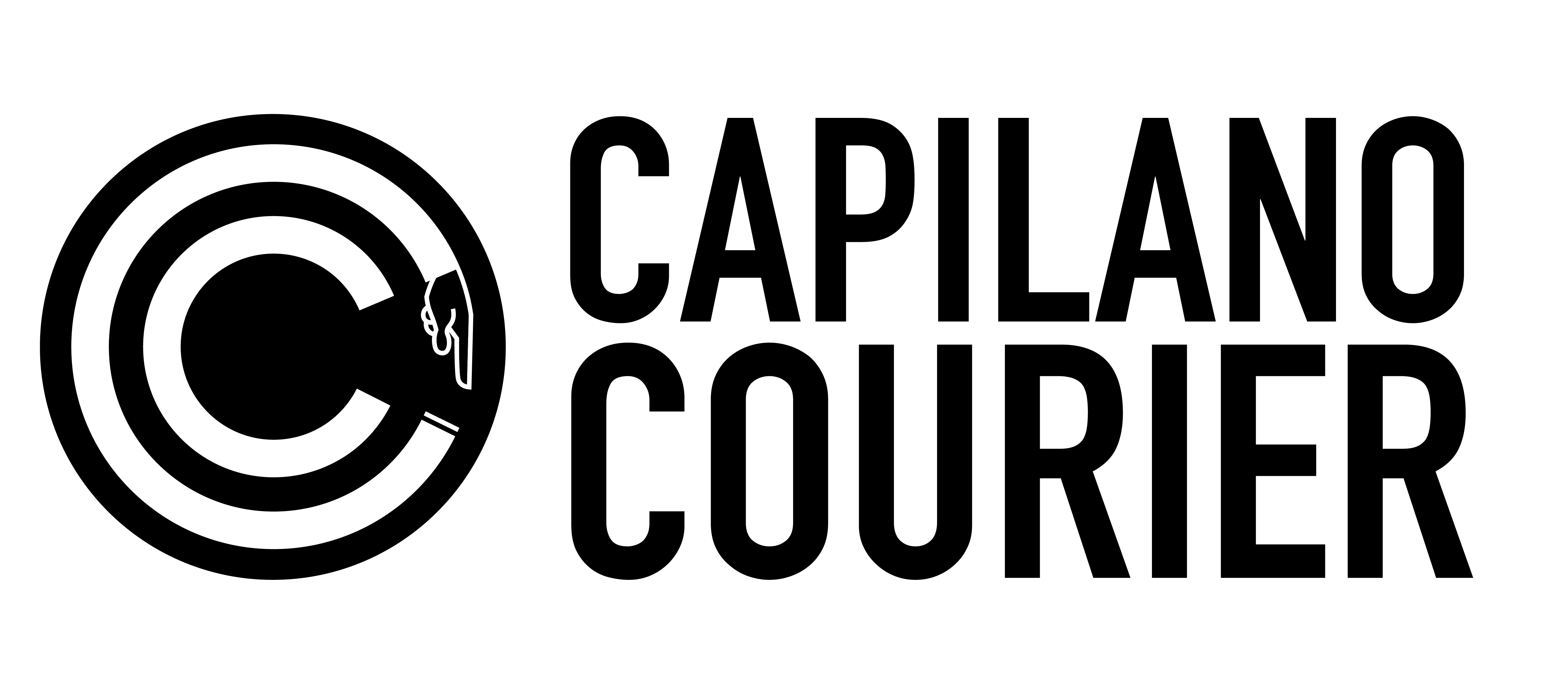The Professional Women’s Hockey League comes at a turning point in the evolution of the sport
Kirsten Wiltshire (She/Her) // Crew Writer
Ethan Woronko (He/Him) // Illustrator
More than 18,000 fans are set to fill the Scotiabank Arena in Toronto on Feb. 16, 2024, setting the record for audience attendance at a women’s hockey game. The opponents, a timeless rivalry, Montreal vs Toronto. These two teams are among the six that make up the inaugural season of the Professional Women’s Hockey League (PWHL). The league has seen record-breaking attendance, merch sellouts and an outpouring of fan support in its first year.
Women’s hockey has had a bumpy ride on its journey to growth. The PWHL comes as an upgrade from the previous league, the Premier Hockey Federation, which consisted of seven women’s teams across Canada and the U.S. but faced financial barriers and limited resources for players. The league folded in 2023 after it was bought by the Mark Walter Group and Billie Jean King Enterprises. The six current teams of the PWHL are all owned by Mark Walter. “In terms of the professionalism, the resources, the investment, the infrastructure, this league has things that we’ve never seen before in women’s hockey, and players know that and players are happy about that,” Hailey Salvian of The Athletic told CBC Front Burner.
College and university hockey is at the heart of high-level hockey for women. The international playing stage of world championships and the Olympics are where the biggest trophies in the sport are won. The PWHL is an avenue of competitive play for women beyond university and a home for hockey fans looking for something different than the mainstream display. “At the youth level, the big story is the growth of the game,” says Andrew Smyth, board member of the North Shore Female Ice Hockey Association (NSFIHA) and former coach.
Hockey Canada reports show that women/girls enrollment has risen steadily since 2007, with a record-breaking year in the 2018-2019 season jumping from 83,711 in the previous season to 102,959. The 2022-2023 season saw over 9 per cent increase from the previous season in registration for girls and women. There was a 4.5 per cent increase in boys registration from 2021-2022 to 2022-2023. Overall, boys registration has slowly declined by 18 per cent since the 2014-2015 season whereas girls have risen over 24 per cent from 2007-2008.
“Female hockey has changed dramatically in terms of the spectrum of programming, there’s everything from high-performance programming but also the growth of recreational hockey is exploding as well,” explains Smyth.
Hockey has a recognizable culture, it can be a beautiful thing but it can also be a troubling and traumatizing environment. In the last several years, various scandals and information have come out about sexual assault cases with the 2018 men’s Canadian junior national team or former Chicago Blackhawks player Kyle Beach. The recent spotlight on assault within the sport unraveled a long-standing history of secrecy and sweeping misconduct under the rug. Black Lives Matter helped to expose the exclusivity of the sport and the ongoing racism faced by players and fans alike. Many Canadians, hockey fans and players don’t know this history, and others know this history too well.
The PWHL comes at a pivotal time in the lifespan of hockey, as people question the role of hockey in communities across the country, people question the purpose of the sport. “People are becoming aware of the rise of female hockey, which is bringing positive resources, skill, and opportunities,” explains Smyth, “but it’s also bringing some of the things that are the challenges on the boy’s side of hockey, which is big expenditures and big commitment and maybe an early specialization in sport and some of those things are maybe not the most positive parts of hockey.” For many young boys, the NHL is the ultimate goal, the dream families shell out thousands of dollars for and dedicate countless hours to, for the chance to get a taste of the show. Smyth admits this can be a barrier and a burden for families.
Hockey is a big business. A 2015 Scotiabank economic impact report found that hockey-related economic activity exceeds $11.2 billion per year in Canada. A 2019 Scotiabank Hockey Club and FlipGive report found that nearly 60 per cent of hockey parents spend at least $5,000 per season.
The PWHL is shining a light on a new aspect of hockey. The league brings with it an example of growth within the sport. A growth of the love of the game, an expansion of the connection and friendships. Smyth says the attention women’s and girls’ hockey is now getting because of the PWHL is creating more depth in the sport, allowing for broader experiences. Whether that’s more rec leagues, specialized coaching, or referee and coaching programs, hockey for women is expanding. “Our role is to build that initial love and an interest in the game,” explains Smyth, recentering the focus of hockey back on the love of the game and the connection the sport can foster.





